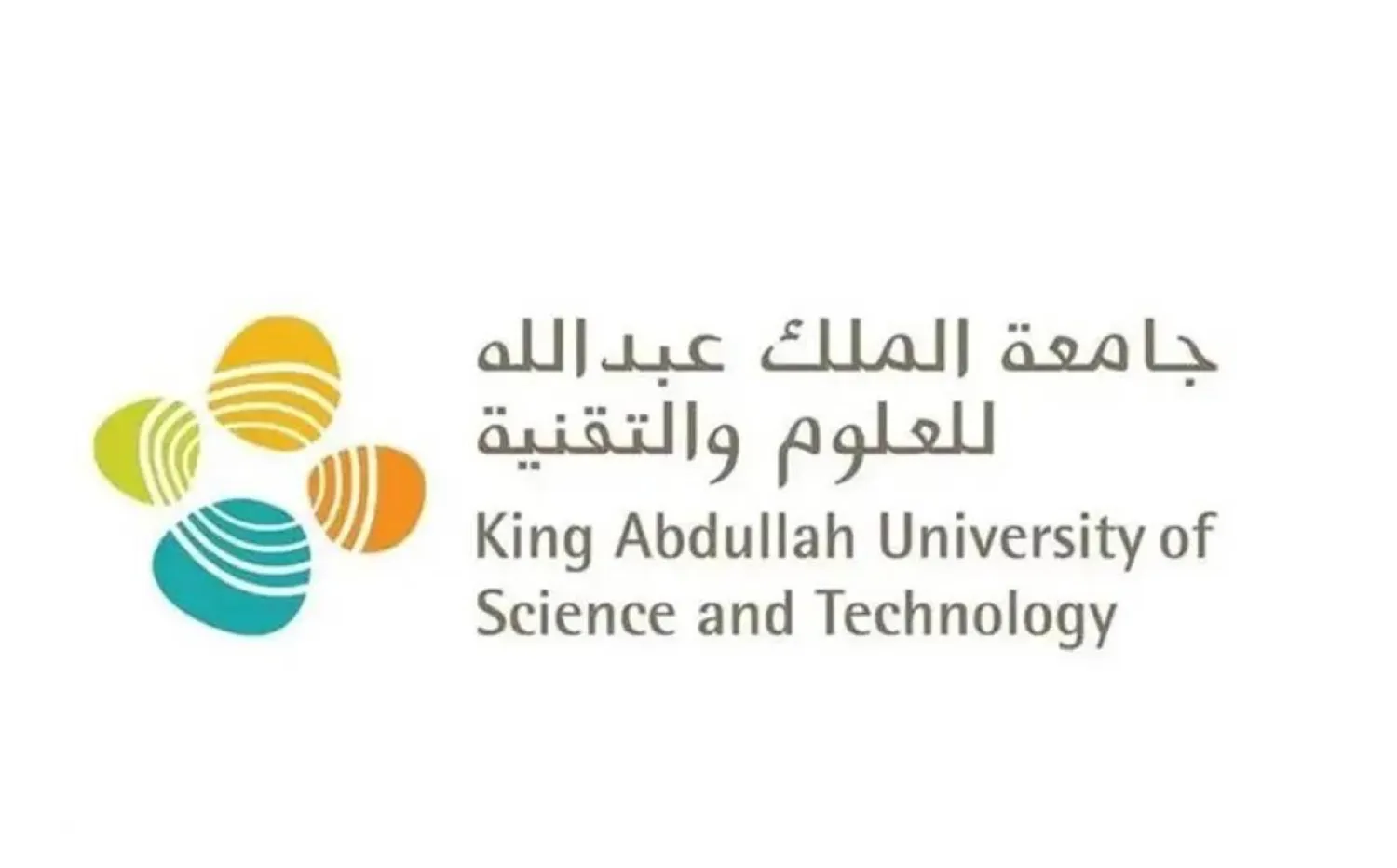A Peruvian fisherman who spent 95 days lost in the Pacific Ocean, eating roaches, birds and sea turtles to survive, is returning home to his family.
Maximo Napa had set off for a fishing trip from Marcona, a town on the southern Peruvian coast, on December 7. He packed food for a two-week trip but ten days in, stormy weather threw his boat off course and he ended up adrift in the Pacific Ocean.
His family launched a search, but Peru's maritime patrols were unable to locate him until Wednesday, when an Ecuadorian fishing patrol discovered him some 680 miles (1,094 km) off the country's coast, heavily dehydrated and in critical condition.
"I did not want to die," Napa told Reuters after reuniting with his brother, in Paita, near the border with Ecuador. "I ate roaches, birds, the last thing I ate was turtles."
He said he stayed strong thinking about his family, including his two-month-old granddaughter, even as he survived on rainwater he collected on the boat and ran out of food, ultimately spending the last 15 days without eating.
"I thought about my mother everyday," he said. "I'm thankful to God for giving me a second chance.
His mother, Elena Castro, told local media that while her relatives had stayed optimistic, she had begun to lose hope.
"I told the Lord, whether he's alive or dead, just bring him back to me, even if it's just to see him," she told TV Peru. "But my daughters never lost faith. They kept telling me: Mom, he'll come back, he'll come back."
Napa was scheduled for more medical checks in Paita before heading south to Lima.







